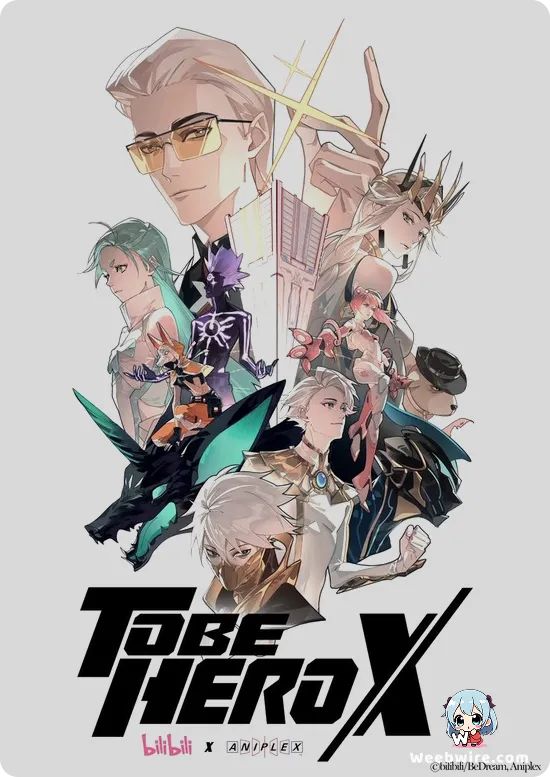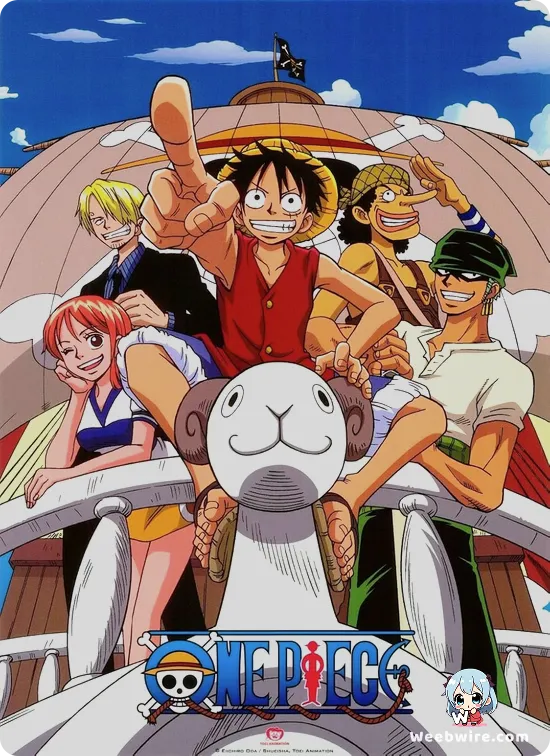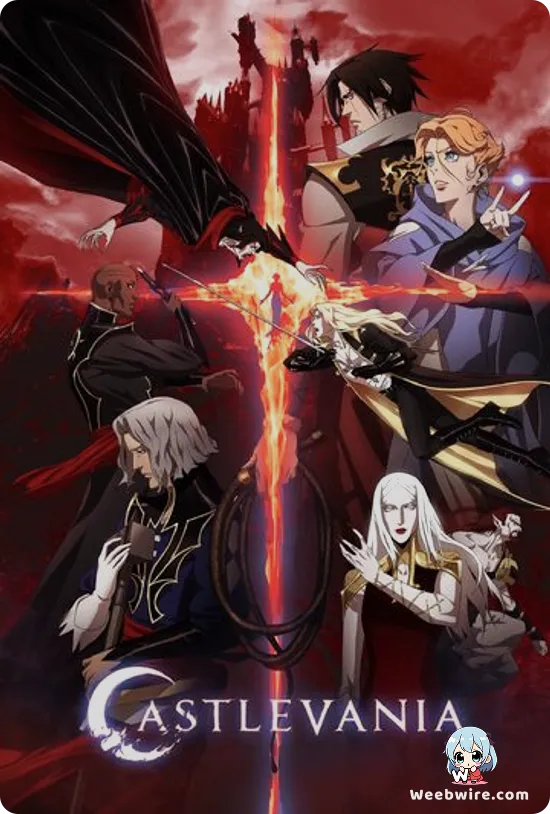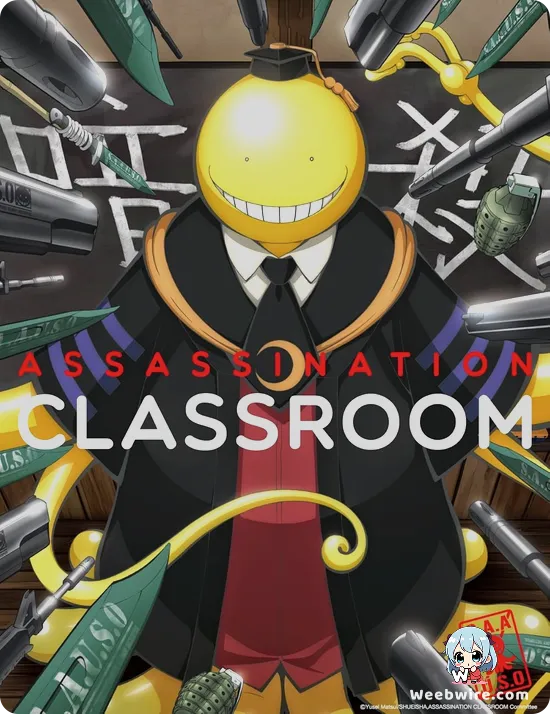Back to News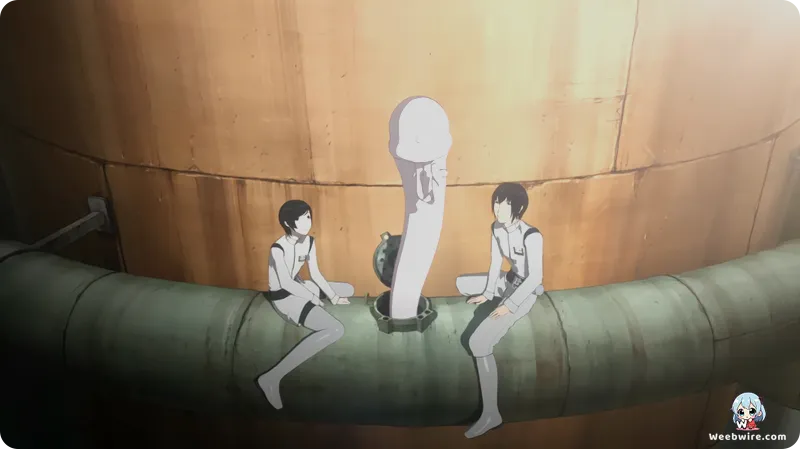
© Tsutomu Nihei (author and illustrator), POLYGON PICTURES (studio), Kodansha (publishing company) | anirecs.com 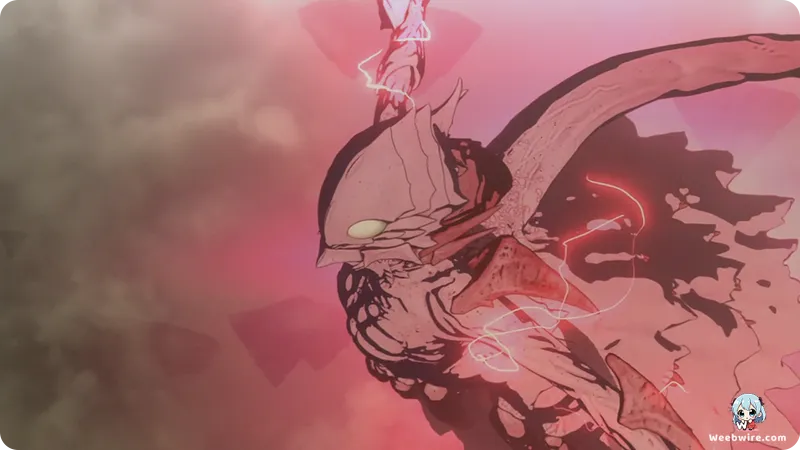
© Tsutomu Nihei (author and illustrator), POLYGON PICTURES (studio), Kodansha (publishing company) | modern-neon.com
Unveiling the Animation Revolution: How 'Knights of Sidonia' Forged a New Path for 3D CGI in Anime
VisualDeep DiveAdaptationNew GenEpic
3 months ago
Share this news:

In the expansive and dynamic world of anime, few series have ventured to challenge traditional animation methods and redefine visual storytelling quite like Knights of Sidonia and its compelling second season, Knights of Sidonia: Battle for Planet Nine. This adaptation of Tsutomu Nihei’s acclaimed manga stands as a significant achievement, primarily for its bold and almost exclusive use of 3D CGI animation.
The Revolutionary Leap into 3D CGI
While 3D elements had appeared in anime before, often reserved for mecha or specific visual effects, Polygon Pictures, the visionary studio behind the production, made an unprecedented commitment to a fully integrated 3D pipeline. This revolutionary decision, initially met with some skepticism from traditional anime enthusiasts, ultimately solidified the series’ distinctive visual identity. It emphatically showcased the immense potential of 3D animation within the industry. The consistent visual language across every aspect, from the intricate designs of the formidable Gardes mecha to the grotesque forms of the Gauna and the sprawling, industrial interiors of the colossal Sidonia, cultivated an unparalleled sense of immersion and epic scale.
Bringing Characters to Life: The Power of Motion Capture
A lesser-known but profoundly impactful aspect of Polygon Pictures' innovative approach was its extensive reliance on sophisticated motion capture technology. To avoid the common pitfall of stiff or robotic 3D character models, the studio meticulously employed motion capture. This imbued its characters with remarkably natural, fluid movements and nuanced expressions. This technical mastery allowed for a far greater range of physical performance and emotional depth, proving particularly vital in conveying the intensity of zero-gravity combat and the subtle human drama unfolding amidst humanity’s desperate struggle for survival. The seamless integration of motion capture ensured that even within a digital framework, the characters felt authentically alive and relatable, masterfully bridging the divide between cutting-edge technology and heartfelt storytelling.
Honoring Nihei's Vision: A Flawless Adaptation
The series also serves as a powerful testament to the faithful adaptation of Tsutomu Nihei’s singular artistic vision. Nihei is celebrated for his distinctive, dystopian, and architecturally complex worlds, evident in works such as Blame! and Biomega. The dark, gritty, and often oppressive industrial aesthetic of Knights of Sidonia, alongside its colossal structures and nightmarish alien designs, translated flawlessly into the 3D medium. Indeed, many argue that the 3D animation actually enhanced Nihei’s original artwork, affording an incredible sense of depth, scale, and detail that would have been exceptionally challenging to achieve with conventional 2D cel animation. This meticulous preservation of the source material’s tone and style underscores the profound respect the animation team held for the manga creator’s intricate universe, a crucial detail often overlooked by casual viewers.

The Terrifying Gauna: Masters of Sci-Fi Horror
Central to the series' gripping appeal are the primary antagonists, the enigmatic Gauna, whose horrific biology represents a masterclass in sci-fi creature design. These amorphous, shape-shifting aliens, composed of a bizarre material known as 'placenta,' possess the terrifying ability to mimic and consume anything in their path. A truly unsettling detail for fans is that to definitively defeat a Gauna, its 'kunai' a critical, crystalline organ must be annihilated. The fluid capabilities of 3D animation allowed for incredibly dynamic and grotesque transformations, vividly showcasing the Gauna’s otherworldly nature and rendering their presence genuinely unnerving. These chilling visual elements, combined with their relentless pursuit of humanity, amplify the series' horror and survivalist themes, cementing the Gauna's legacy as some of the most memorable alien threats in anime history.
Sidonia's Society: Humanity's Desperate Adaptations
Beyond the external threats, the intricate internal workings of Sidonian society offer their own fascinating insights. Humanity's centuries-long struggle for survival aboard the colossal seed ship Sidonia has necessitated extraordinary biological and social adaptations. One of the most intriguing is the development of photosynthesis in humans, enabling them to supplement their diet with light and survive on significantly fewer resources. This is a dire yet ingenious evolutionary response to the extreme scarcity of deep space. Furthermore, the narrative delves into themes of gender fluidity and even asexual reproduction through cloning, highlighting the desperate measures humanity has undertaken to ensure its continuation. These elements are far from mere plot devices; they are integral components of the expansive world-building, painting a vivid portrait of humanity pushed to its absolute biological and societal limits.
The Gardes: Engineering Marvels of Deep Space Combat
The mechanical designs of the Gardes, the formidable mecha piloted by Sidonia’s defenders, represent another standout feature. These are not merely generic giant robots but intricately engineered war machines boasting a unique propulsion system that utilizes gravitational beam emitters, granting them unparalleled maneuverability and blistering speed in zero-gravity combat. The detailed mechanics and the realistic physics governing their movements during high-stakes battles against the Gauna are a visual spectacle, adding a profound layer of authenticity to the fantastical premise.
The Unsung Hero: Immersive Sound Design
Finally, the often-underestimated sound design of Knights of Sidonia plays a pivotal role in its immersive quality. The guttural roars and squelches of the Gauna, the metallic groans and whirs of the Sidonia’s massive engines, and the distinct sounds of the Gardes’ weaponry forge an incredibly rich and atmospheric audio experience. This meticulous attention to auditory detail significantly heightens the sense of dread and the visceral impact of the action sequences, making every battle feel intensely impactful. Knights of Sidonia: Battle for Planet Nine thus stands as an enduring testament to innovation, a series that not only delivered a compelling story but also fundamentally redefined what was visually and narratively possible in the realm of anime.
Credits
Knights of Sidonia: Battle for Planet Nine
Author
Tsutomu Nihei
Cover Art
Tsutomu Nihei
Studio
POLYGON PICTURES
Publisher
Kodansha
Producers
King RecordsKodanshaKlockWorxMainichi Broadcasting SystemDwangoEarth Star EntertainmentGenco
Credit #1From Public Sources


